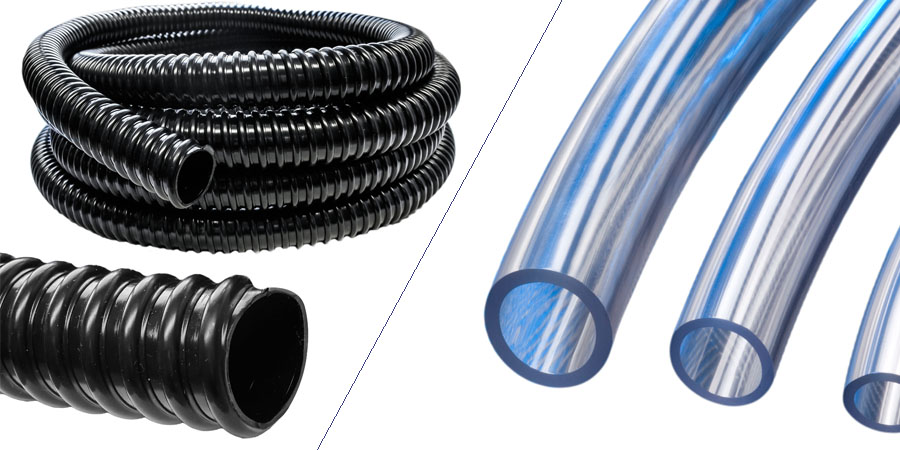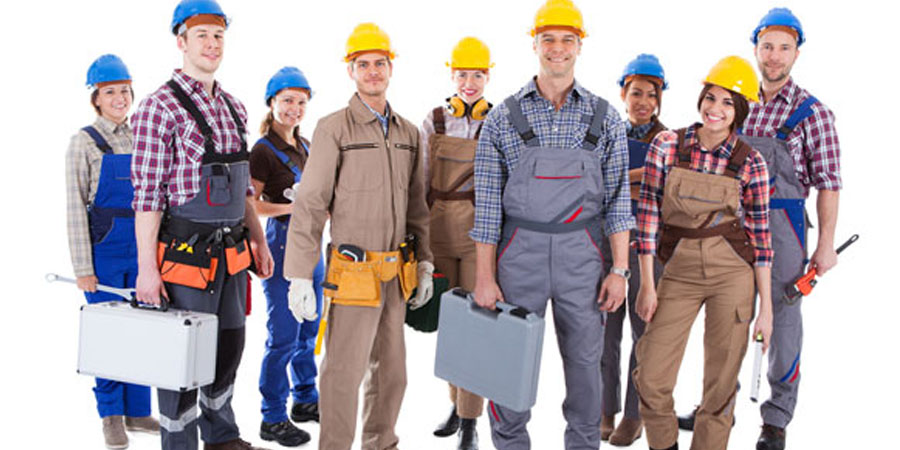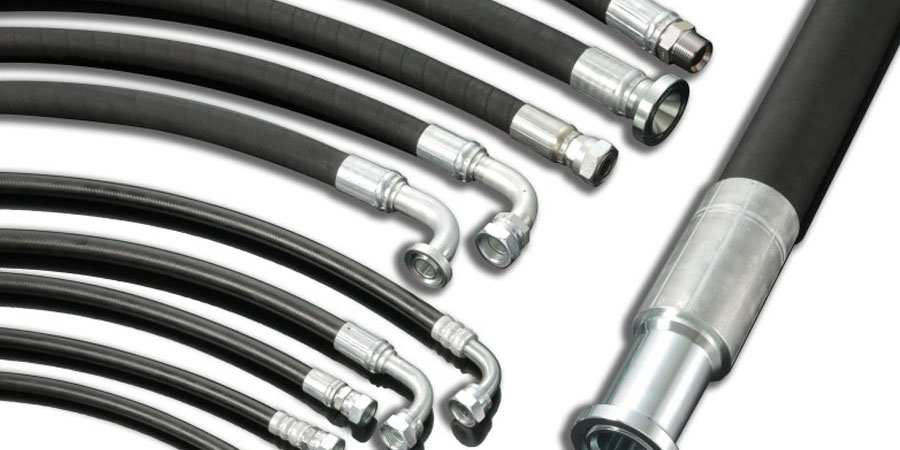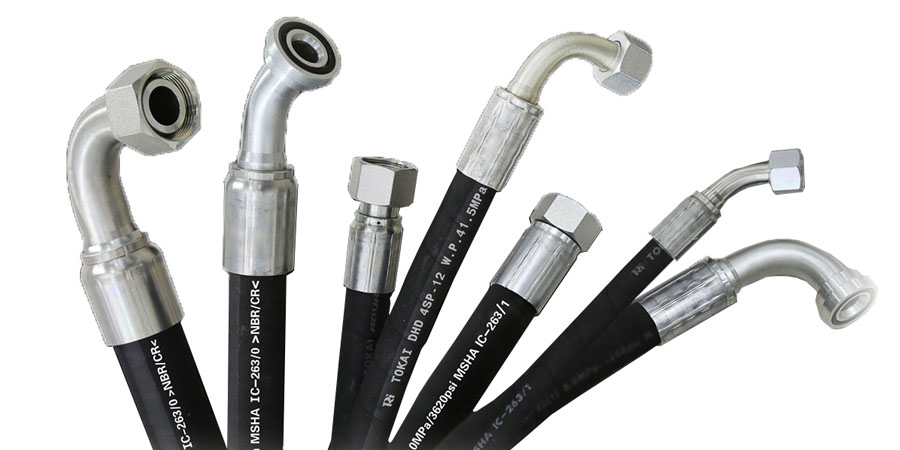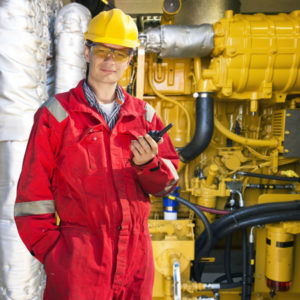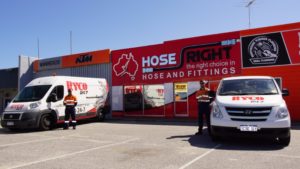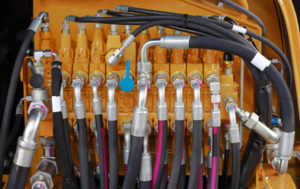With so many pieces of equipment depending on hydraulic parts for their smooth and efficient operation, it’s crucial to be vigilant in terms of hydraulic parts inspection. This can best be achieved through preventative maintenance and visual inspections. You’ll want to check for the following:
- Any visible signs of leakages
- Hoses rubbing against equipment, framework or other hoses
- Whether any hose clamps could be missing
- Whether any hose has its interior metal reinforcement exposed
- Whether direct sunlight has cracked any hose
Additionally, you should get into the habit of:
Inspecting frequently. Check your equipment’s user manual for details of how often to inspect it. In the case of hose assemblies, try inspecting them both wet and dry. Pay special attention to the fitting where the hose and metal meet. Any leaks here are a bad sign. Also, get into the habit of recording your inspection findings on paper or via your computer. You can also set reminders so you don’t lose track of time, forget to check your equipment and then potentially end up having to shell out for costly repairs.
Check all fittings for rust. Rust indicates that a fitting will have to be replaced in time. You also need to watch out for the fittings and assembly rusting together and the rusted part breaking.
It’s best practice to always keep some extra hoses nearby so you don’t have to go to the bother of ordering then waiting for hoses to be delivered. Additionally, it’s an idea to log all the hoses that are replaced. A system of colour coded tags placed on the replaced hoses is useful for this. Another important point is that if you have a few similar hoses of the same age, if one fails, it’s a good idea to replace them all due to the likelihood of the others possibly failing too.
If your parts have failed and you need to call in extra help, contact Hoseright today – we’re the leaders in hydraulic repairs in Perth.



